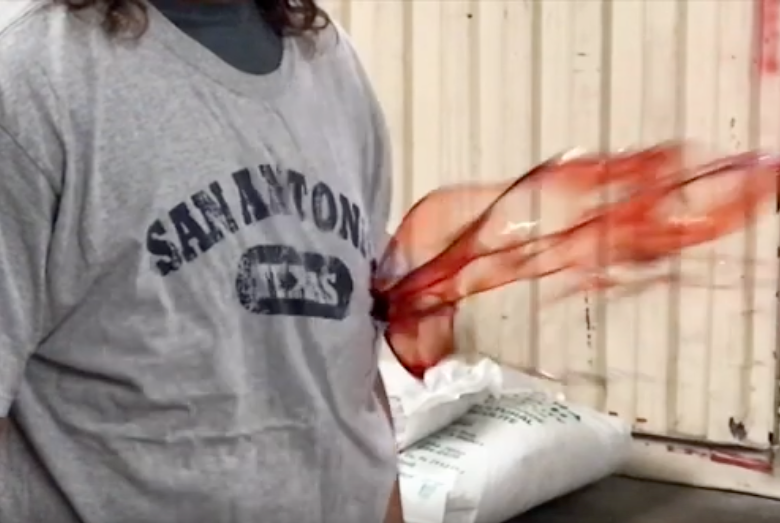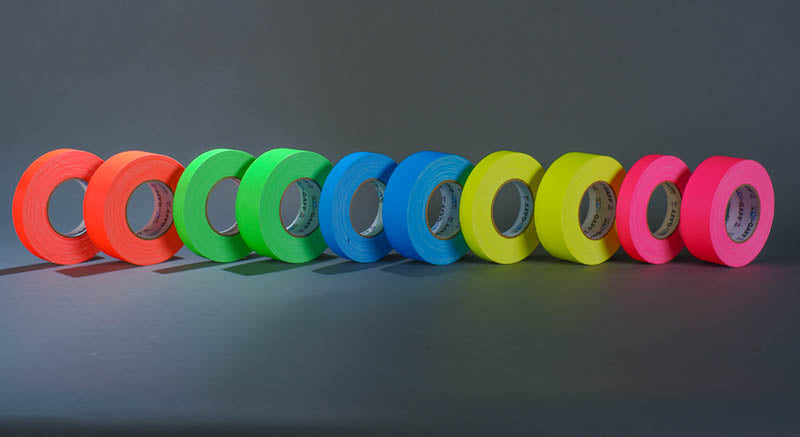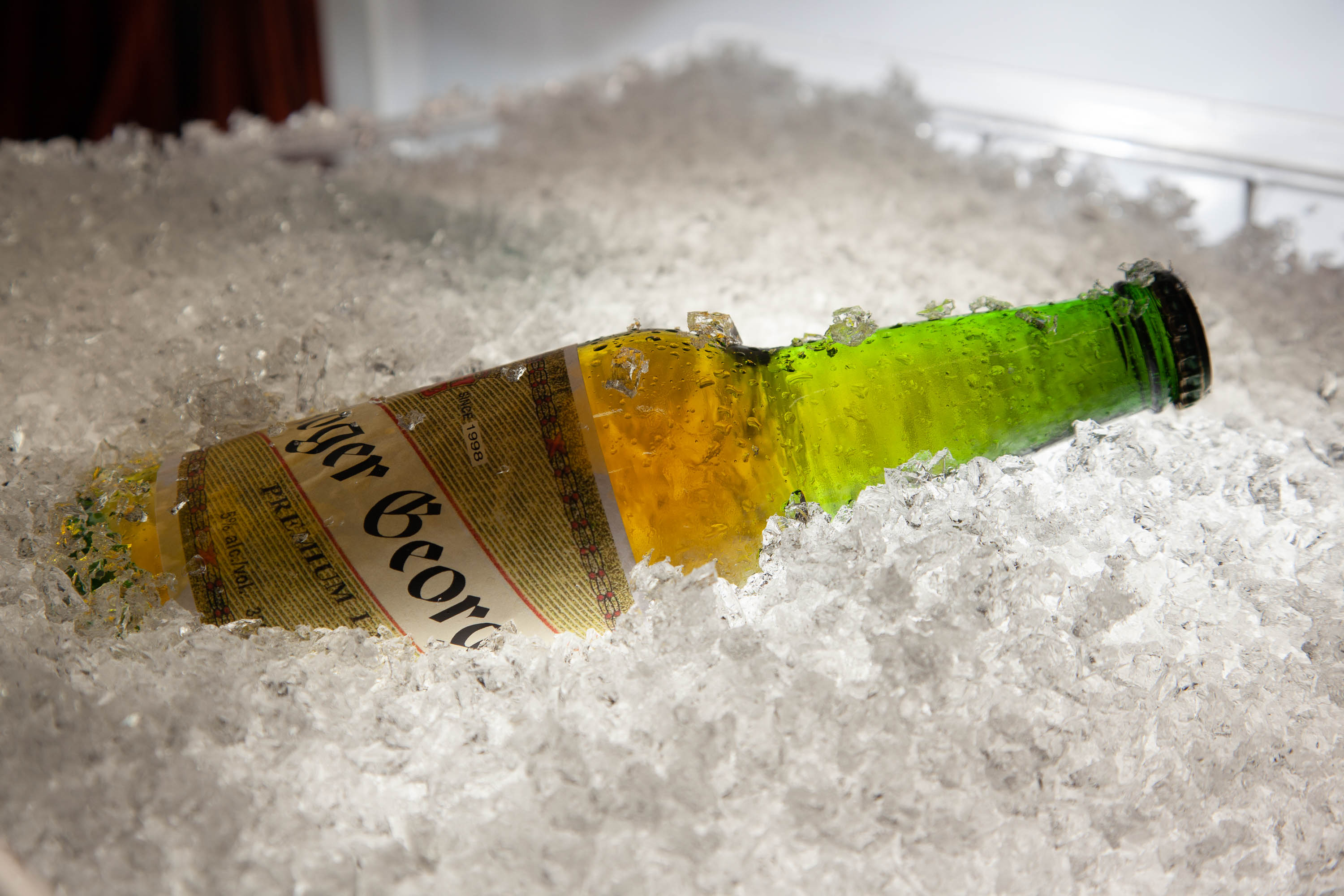RECIPE FOR 1 GALLON OF SLIME/GOOP
1.Measure powdered methyl cellulose based on desired viscosity:
- Thin viscosity “slime” 1 scoop = 45g powdered methyl cellulose
- Medium viscosity “goop” 1.5 scoops = 68g powdered methyl cellulose
- Heavy viscosity “double thick goop” 2 scoops = 90g powdered methyl cellulose
2. Divide methylcellulose powder into two equal parts and set aside.
3. Heat 3 quarts of water to near boiling and transfer into a 1 gallon container (or larger)
4. Add one-half of the methylcellulose powder to the water and stir vigorously until dissolved.
5. Add the other half of the methylcellulose powder and stir vigorously until dissolved.
6. Add 1 quart of room temperature or chilled water and stir well.
Methylcellulose is one of the most popular items here at Roger George.
This chemical is great for producing many different types of effects; however, it can be tricky stuff to work with. We often get questions and confused emails asking about the stuff. We at Roger George want to make everything as simple as possible, so we’ve created this page to help our customers with this fascinating white powder.
What is Methylcellulose?
Methylcellulose is an organic chemical compound that is derived from Cellulose (plant matter). Like cellulose, methylcellulose is non-toxic and non-allergenic; also, it is non-digestible (meaning it does not get absorbed into the digestive system.) Methylcellulose is often used as an emulsifier/thickening agent in food products, and is a common ingredient in cosmetics (like makeup, body creams, lotions, etc.)
Methylcellulose’s primary use is to thicken water-based liquids. When added to water, methylcellulose creates anything from watery slime, to the thickest of goops.
Is Methylcellulose Edible?
This is one of the most commonly asked questions we get about methylcellulose; however, it cannot be answered by a simple “yes” or “no.”
The Methylcellulose (M)SDS states that it is non-irritating to eyes and skin, and won’t cause irritation if ingested. It is non-toxic.
Roger George Special Effects is NOT a food-grade-clean environment. Although we take precautions to ensure our chemicals don’t get cross-contaminated, there is only so much we can do in a “workshop” environment. We do not encourage the consumption of our methylcellulose products due to the fact that neither the product, nor our facilities are regulated for food-processing.
If consumption accidentally occurs, there are possible side effects that must be considered. Medical grade methylcellulose is commonly used as treatment for constipation. Because it does not get absorbed during the digestive process, methylcellulose retains large amounts of water that would normally be absorbed during digestion. This means that if large amounts of methylcellulose are consumed, it is possible that the person ingesting it might experience diarrhea and dehydration.
It is always a good idea when working with methylcellulose (and any other chemicals) to perform a skin test on anyone who is going to come in contact with the methylcellulose. Simply apply a small amount of methylcellulose to the person’s skin (away from eyes, ears, and mouth) and allow time to see if an allergic reaction occurs. In the case of an allergic reaction, rinse with warm water for 15-30 minutes.

















Leave a comment